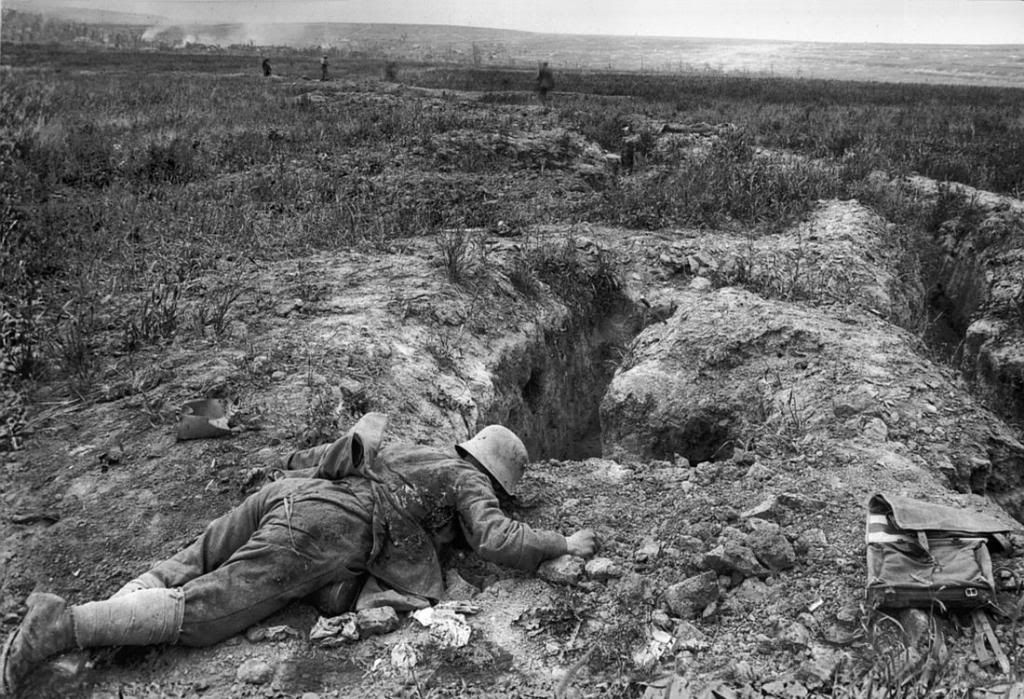I love these old pics from WWI. The ones from the beginning of hostilities always show the innocent, naive look of the proud soldier, yet they rapidly become the looks of horror and disgust as the true brutality of war is experienced. I always have a feeling of pity and sorrow when I see the young faces, completely unaware of what is about to happen to them and the horrific memories they will carry to their graves. I believe the same could be said of any veteran of any conflict. My wife has shown me pictures of myself, before and after, and I'm still amazed at the physical change.



































